HOWTO: Correct and avoid clock skew on Windows and OS X platforms
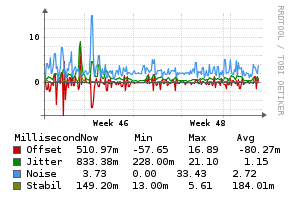 This has come up a lot recently in the context of Zwift rides and races, becasue many rider’s PC and Mac gaming rigs are suffering clock skew. In short, it can be defined as:
This has come up a lot recently in the context of Zwift rides and races, becasue many rider’s PC and Mac gaming rigs are suffering clock skew. In short, it can be defined as:
“Clock skew is when the clock arrives at different points of the circuit at different times due to the distance, capacitance etc which may cause it to malfunction.”
If you want more detailed set of diagrams and explanations describing clock skew, there’s a great discussion on the StackExchange electronics forum about it.
When your machine is suffering from clock skew, you can inadvertently enter a ride or race earlier or later than you meant to do, and your overall finish time can be later than you expect. For races where the winner is separated from the other podium places by mere seconds or less, having an accurate clock matters!
Here’s how to fix it for both Microsoft Windows and Mac OS X platforms!
Fixing Clock Skew on Microsoft Windows
 On Windows, there are a few places where Time is adjusted, and even though you may think your system is configured correctly to keep time accurate, it’s probably not accurate enough. Let’s take care of that right now.
On Windows, there are a few places where Time is adjusted, and even though you may think your system is configured correctly to keep time accurate, it’s probably not accurate enough. Let’s take care of that right now.
- First, click on the clock in the lower-right corner and bring up the little calendar and clock preferences. They’ll look like this:

- On the bottom, click “Change date and time settings”
- A new dialog will come up with severa tabs. You want the third tab labeled “Internet Time”.
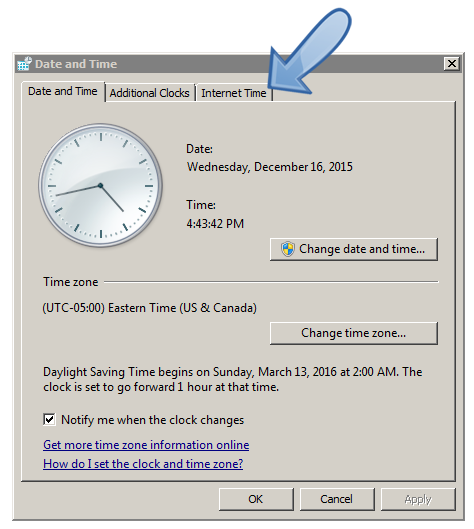
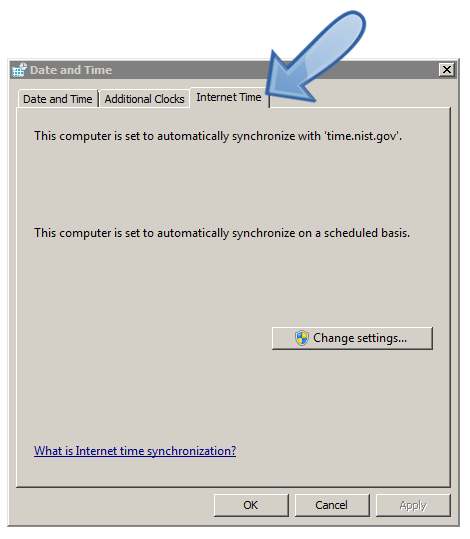
- On this tab, click on “Change Settings”, and you should see a dialog that looks like this:
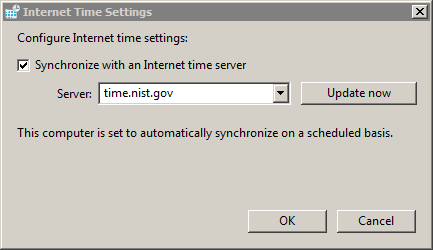
- Clicking on “Update now” here may give you an error message, like it did on 3 of my Windows machines.
Even if you do not see any errors, you still need to adjust the time settings here and elsewhere. Make sure you DO NOT choose a Microsoft time server (time.windows.com) from the dropdown in the list. That array of servers is known to be very slow, lagged and incorrect. Use another server closer to you, one that is accurate for your country or timezone.
A good place to start is pool.ntp.org.
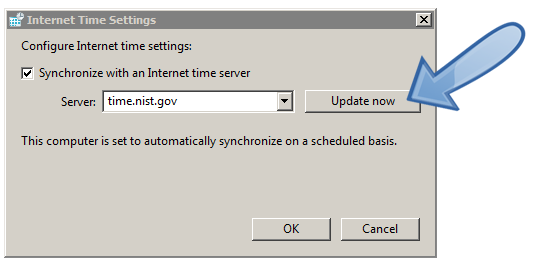
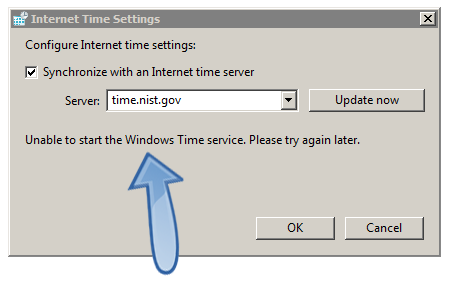
We’re going to fix that error and give Windows a boost with the correct time servers. - Go to Start → Run, or use Windows-Key + R and type “services.msc” as shown here and hit Enter or click on it in the list:
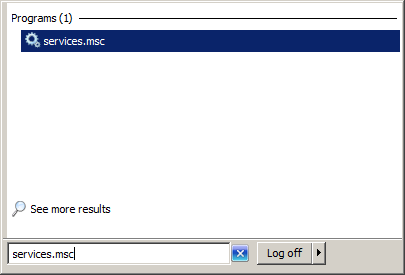
- When the Services Management applet opens, click the “Name” column until it sorts reverse alphabetically (Z at the top). Scrolling down a little bit, you should see a “Windows Time” listed (highlighted here).

- Double-click on that entry to bring up the service details. You’ll see a window like this. Your value may be set to “Manual” (indicated here), or it may be set to “Automatic” or “Disabled”.
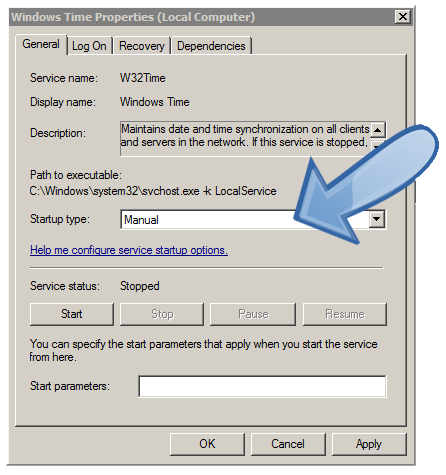
Whatever it’s value, set it to “Automatic” and then click on “Start” to start the service. If there are no other service conflicts, you should see something like this:
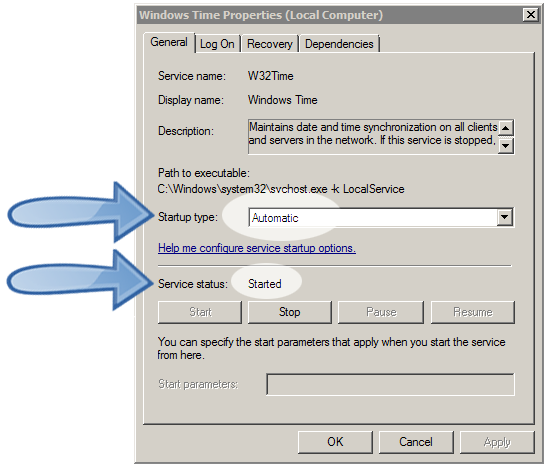
- We’re not done yet! Now we need to set some options from the commandline. Open up an elevated CMD prompt by going to Start → Run (or Windows-Key + R) and typing CMD but do not hit Enter yet! Right-click on the CMD that shows up in the search list and choose “Run as Administrator”.
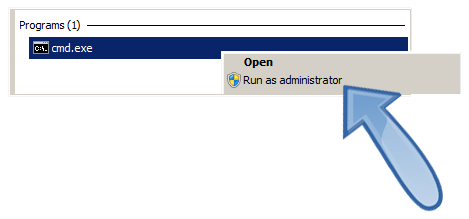
Even if your main user account has Administrator privileges, you need to use the actual Administrator elevated privileges to open this prompt.
- In this new command prompt that opens, cut and paste the following line. You may want to change your NTP servers to match the ones you found in Step 5 above.
w32tm /config /update /manualpeerlist:"0.pool.ntp.org,0x8 1.pool.ntp.org,0x8 2.pool.ntp.org,0x8 3.pool.ntp.org,0x8" /syncfromflags:MANUAL
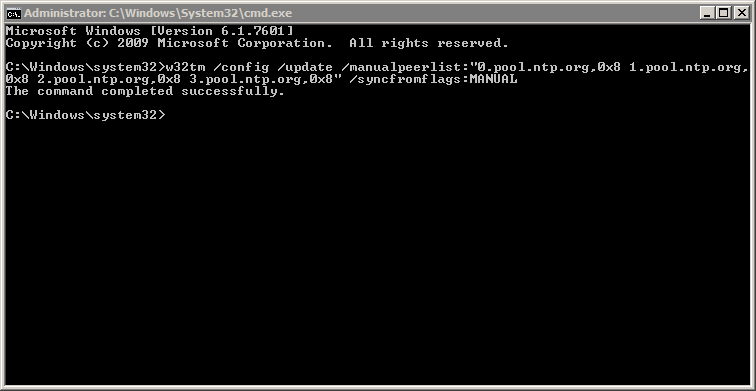
- Now to be thorough, reboot the machine and verify that the Windows Time service is starting on its own, and your clock is current and accurate.
That’s it, you’re done for Windows!
Fixing Clock Skew on Mac OS X
 Things are a little bit different between Mac OS X and Microsoft Windows, but not terribly so. Let’s fix your OS X time to negate clock skew.
Things are a little bit different between Mac OS X and Microsoft Windows, but not terribly so. Let’s fix your OS X time to negate clock skew.
- Hit Cmd
to bring up Spotlight Search and type in the word “System” to locate “System Preferences”. Your results should look like this: 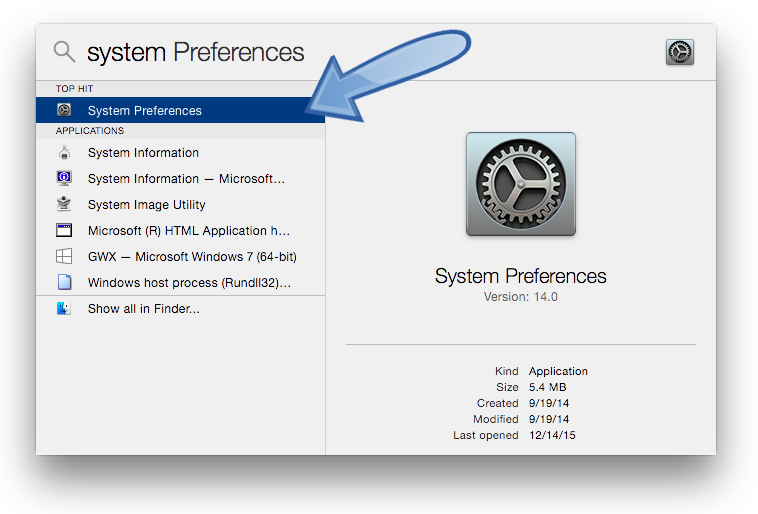
- In System Settings, you’ll see a number of applet icons. The one we’re interested in is “Date & Time”, shown highlighted here:
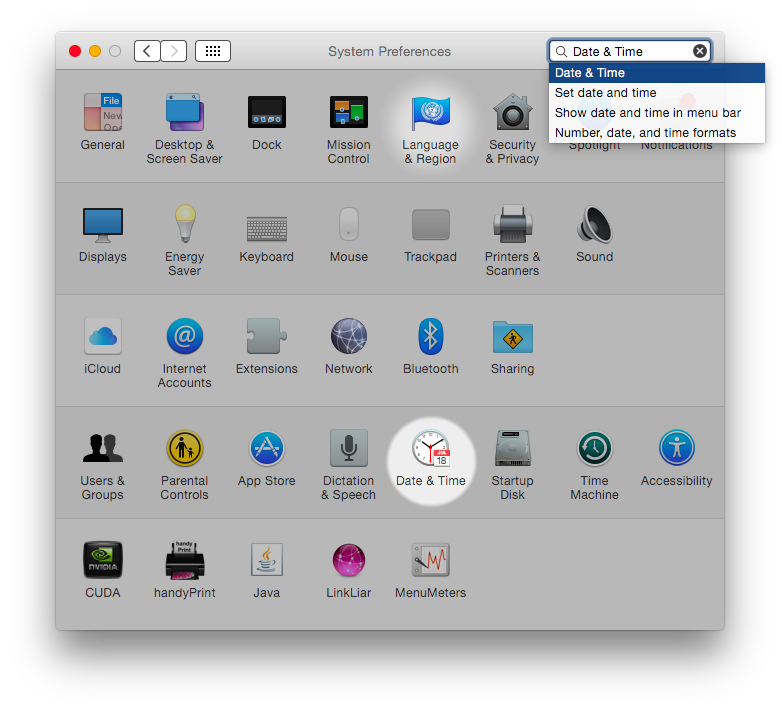
- When you launch this applet, you’ll have several options. You may have some selected, such as “Set date and time automatically” as shown here. The server selected here was selected as the default from my timezone during the initial OS installation. We’re going to change this to select one from pool.ntp.org (or your own local country’s preferred Stratum 1 NTP server):
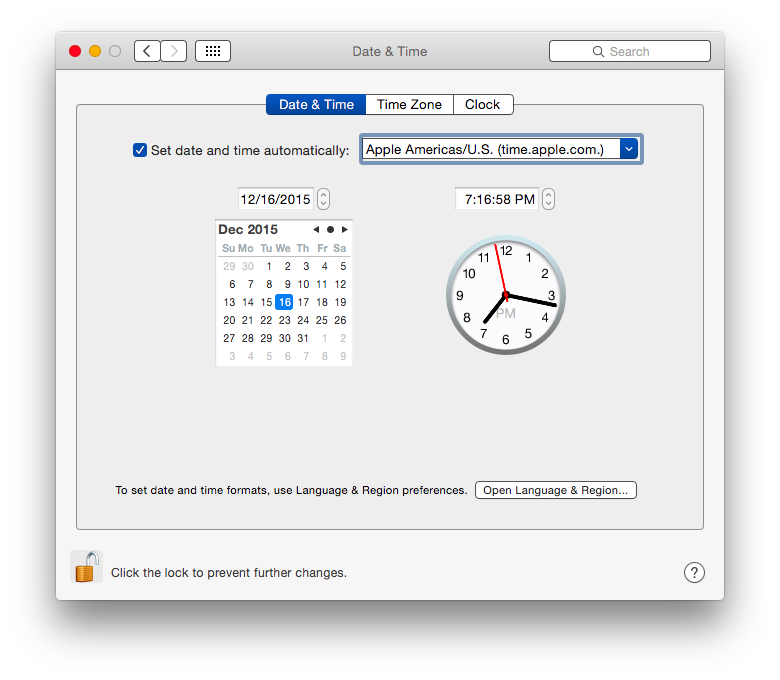
- Change the ‘time.apple.com’ entry here to the one that matches your timezone and region. Just overtype the entry in the box with your new NTP server. I’m using pool.ntp.org directly in the below example:
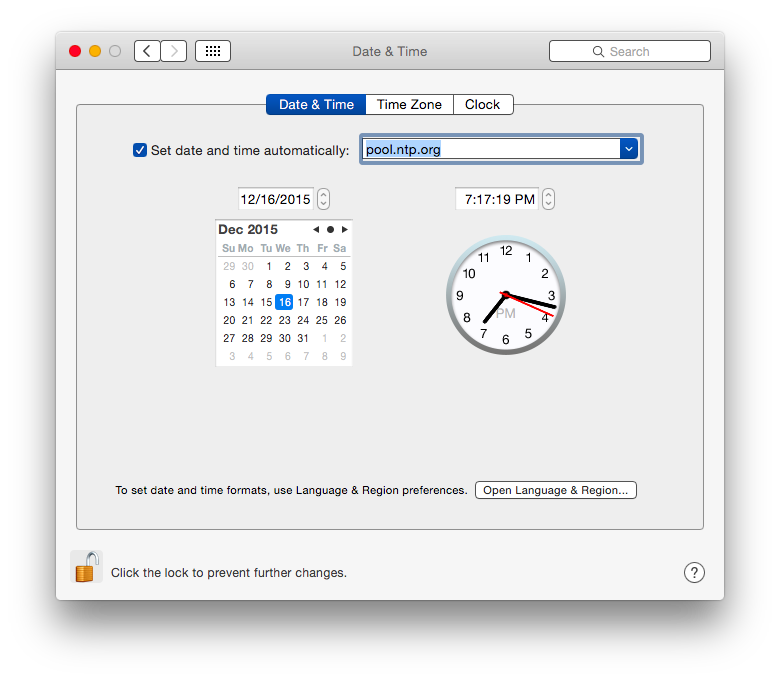
When you make a change to the settings here (basically every time you click the check-box, or change the server address, or perhaps just open the applet), OS X will rewrite your /etc/ntp.conf based on the information you have provided, then kill and restart the ntpd service on your machine.
Note: If you’re using OS X Mavericks, there are some time drift gotchas to be aware of. You may need to tweak your configuration slightly to accommodate them.
That’s it, you’re done for Mac OS X!
Additional Resources
- http://support.ntp.org/bin/view/Support/KnownOsIssues
- http://www.satsignal.eu/ntp/setup.html
- http://support.ntp.org/bin/view/Support/WindowsTimeService
